Madri started in the early sixties as a "secret writing" invented by Peter J. Franke in the Netherlands. First it followed the Roman alphabet, but it soon turned into a phonetic system for Dutch. Over time more characters for neighbouring languages were included.
After Peter studied the IPA, Madri evolved into a world wide compatible phonetic alphabet. It now contains 152 characters for vowels (mono-, diph- and triphthongs), consonants and also numerals, diacritics, suprasegmentals and combined characters.
The name Madri comes from the ancient Hindu epic, the Mahabharata, in which Madri is the second wife of Pandu.
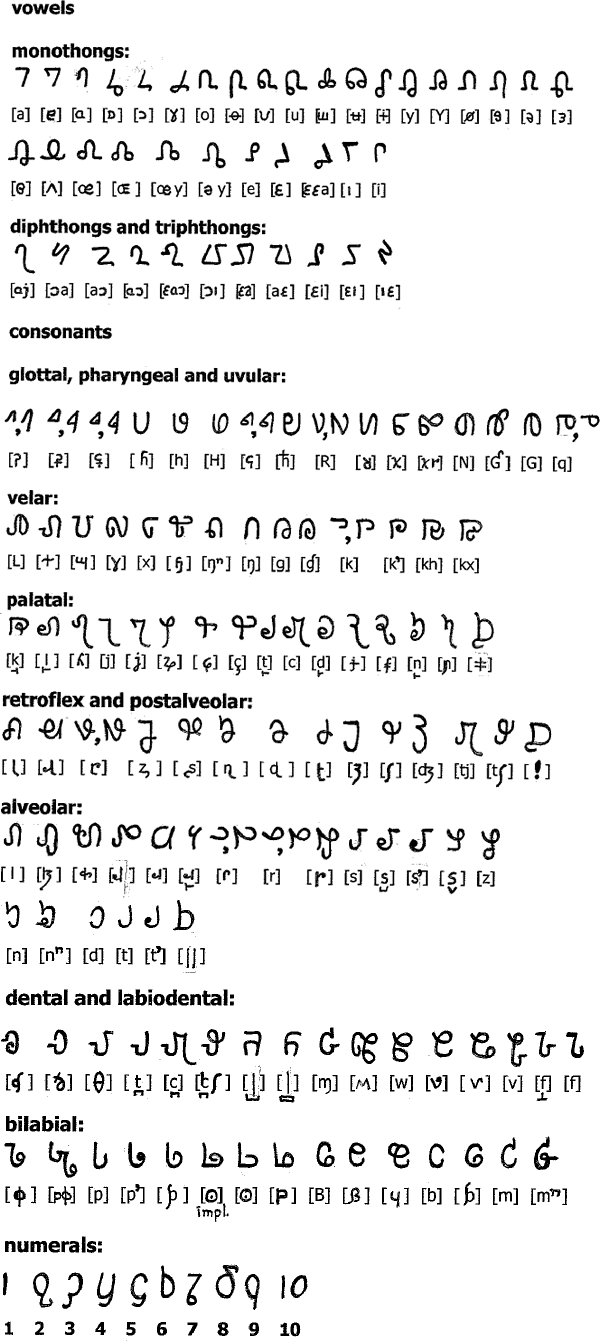
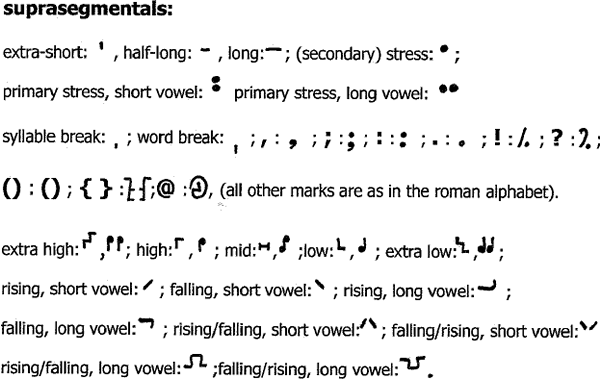
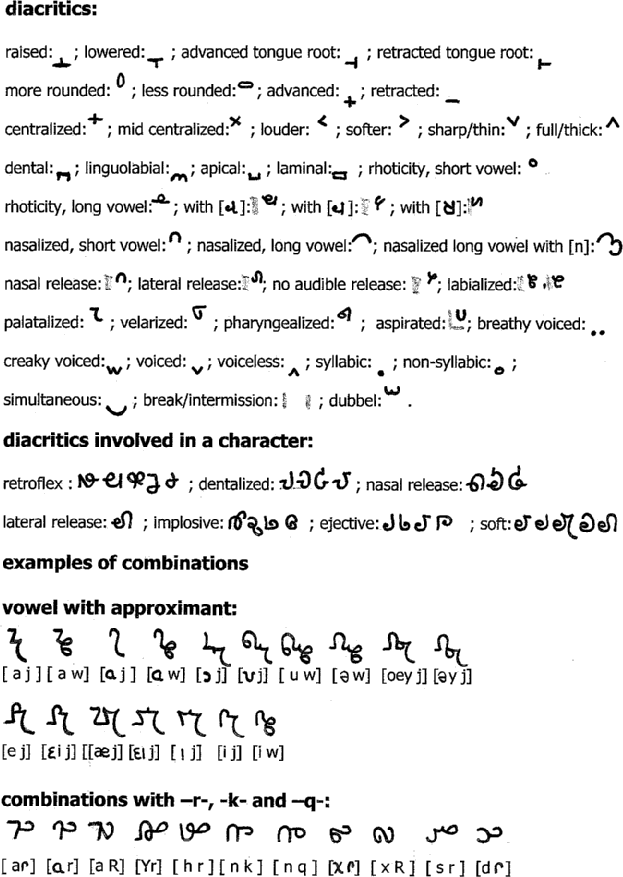
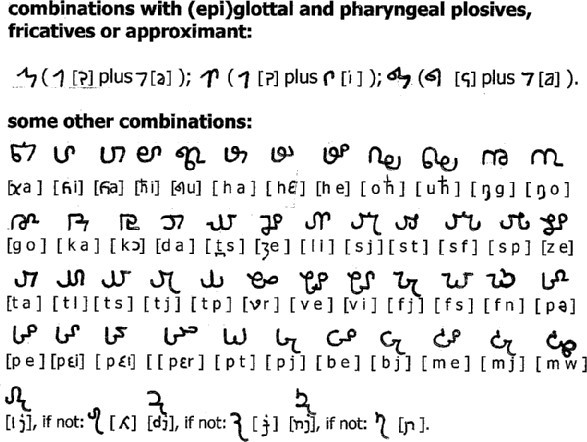
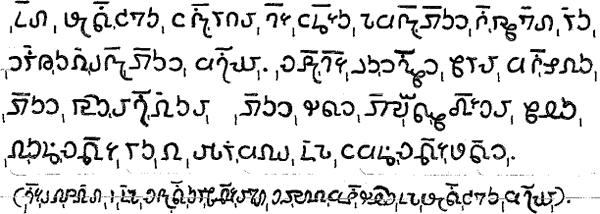
All human beings are born free and equal in dignity and rights. They
are endowed with reason and conscience and should act towards one another
in a spirit of brotherhood.
(Article 1 of the Universal Declaration of Human Rights)
If you have any questions about Madri, you can contact Peter at: e.frankedefrank@chello.nl
Constructed scripts for: Ainu | Arabic | Chinese languages | Dutch | English | Hawaiian | Hungarian | Japanese | Korean | Lingala | Malay & Indonesian | Persian | Tagalog / Filipino | Russian | Sanskrit | Spanish | Taino | Turkish | Vietnamese | Welsh | Other natural languages | Colour-based scripts | Tactile scripts | Phonetic/universal scripts | Constructed scripts for constructed languages | Adaptations of existing alphabets | Fictional alphabets | Magical alphabets | A-Z index | How to submit a constructed script
[top]
You can support this site by Buying Me A Coffee, and if you like what you see on this page, you can use the buttons below to share it with people you know.

If you like this site and find it useful, you can support it by making a donation via PayPal or Patreon, or by contributing in other ways. Omniglot is how I make my living.
Note: all links on this site to Amazon.com, Amazon.co.uk
and Amazon.fr
are affiliate links. This means I earn a commission if you click on any of them and buy something. So by clicking on these links you can help to support this site.
[top]